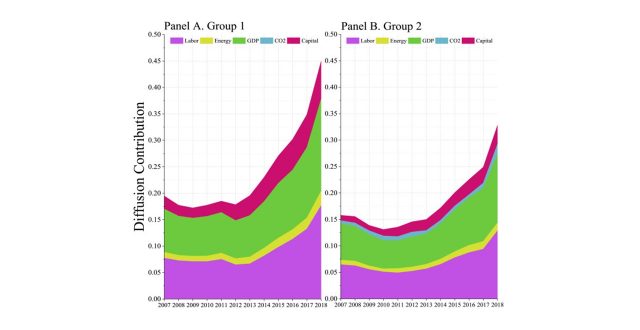The previous research has suggested that the existence of technology disparities reduces a contribution of environmental technological progress to combat various environmental issues. To handle the difficulty, we propose a new framework for assessing technology inequality and technology diffusion barriers. To measure them, we discuss the concept of efficiency Gini coefficient. Then, we combine it with Data Envelopment Analysis (DEA), DEA-DA (Discriminant Analysis) and decomposition methods of inequality measurement. Using the combined approach, we perform group-based and source-based decomposition to identify technology diffusion barriers. Empirically, this study has utilized the approach to evaluate technology inequality in Chinese provinces from 2007 to 2018. The main findings are summarized as follows. First, an overall efficiency Gini coefficient tended to increase over time, implying that technological disparity has increased across Chinese provinces. The disparity reduced the contribution of technological progress in addressing various environmental issues. Second, two factors mainly produced the technology inequality. They were cross-group inequality and within-group efficiency Gini coefficient. These results explained growing disparities across Chinese regions. Finally, a considerable difference existed in the within-group efficiency Gini coefficient.

【Available online】A new approach for evaluating technology inequality and diffusion barriers: The concept of efficiency Gini coefficient and its application in Chinese provinces
WRHI News
(School of Environment and Society / Dr. Toshiyuki Sueyoshi)
”A new approach for evaluating technology inequality and diffusion barriers: The concept of efficiency Gini coefficient and its application in Chinese provinces”
Energy (DOI: 10.1016/j.energy.2021.121256)
For details, click here.
<Abstract>
